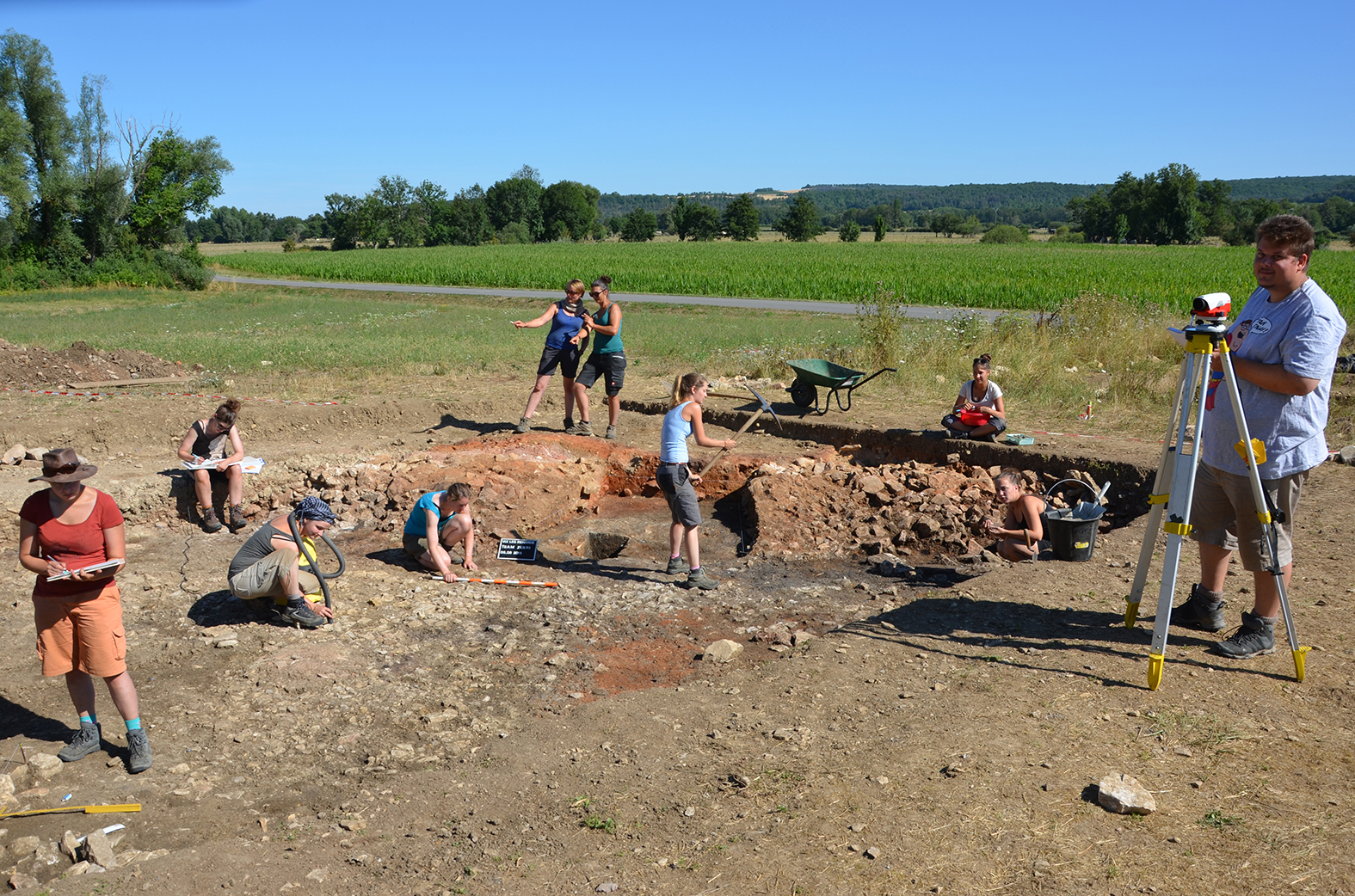An Iron-Age Smelting Site at Ayia Varvara-Almyras, Cyprus. Technology, Resources, Society: The chain of operation put in historical context
von Christina Peege
Abstract: From the Late Bronze Age until the end of the first millennium AD, Copper was one of the most important sources of revenue for the ancient society and the political elite of the island of Cyprus. Although the economic importance of copper processing for the wealth of ancient cultures is recognized, surprisingly few archaeological projects deal with topics of ore exploitation and processing. This knowledge gap sharply contrasts with numerous and thorough investigations on copper refinement and alloying. Mining and smelting activities are however difficult to uncover, because the mines and the archaeological remains of ore processing and smelting associated to them, were often destroyed by the extensive exploitation of copper ores during the 20th century. It is therefore clear, that the discovery of the ancient smelting site near Ayia Varvara-Almyras provides a unique scientific opportunity for archaeological research. The site was first detected in 1982 by Walter Fasnacht during an archaeometallurgical survey carried out under the auspices of Prof. John Coleman from Cornell University, New York, USA. The hillock Almyras, named after a little creek running nearby, is situated near the village Ayia Varvara, approximately 20 kilometres south of Nicosia. The site consists of a small mine and several working platforms. It has been excavated during the course of 15 excavation seasons, from 1988-1999. The remains of several smelting furnaces, roasting pits, and ore dressing places, as well as huge rock cut chambers have been unearthed. Therefore, Ayia Varvara is the only copper production site in Cyprus where the whole chain of operation can be reconstructed. On the basis of radiocarbon dating and pottery typology one may distinguish three phases of activity. They correspond with the Cypro-Archaic II period (600 BC), the Cypro-Classical period (400 BC) and the Cypro-Hellenistic period (150 BC). This PhD will focus upon the reconstruction of the chain of operation and its spatial organization. It will discuss topics of resources management (wood for fuelling, fluxes and so forth) as well as ritual practices and social organization around the mining and smelting activities. The investigation of the archaeological data will include scientific as well as social approaches, in order to put the so-called chain of operation into the economic and historical context of Iron Age society in Cyprus.

